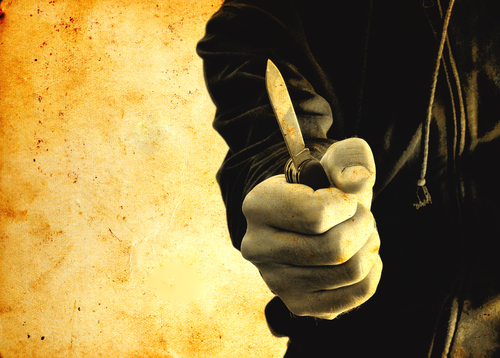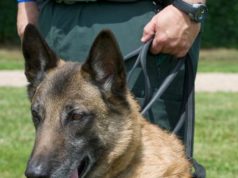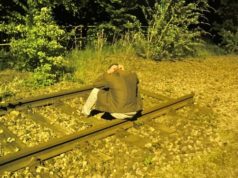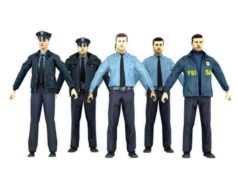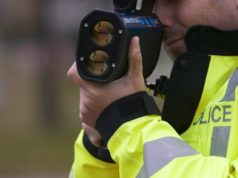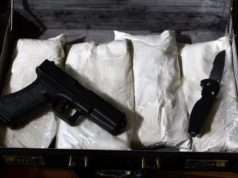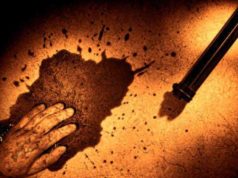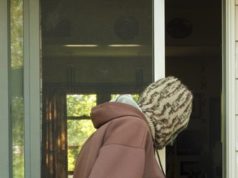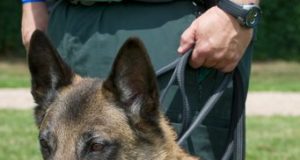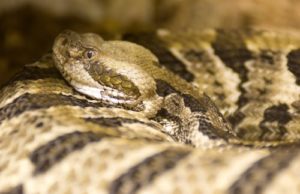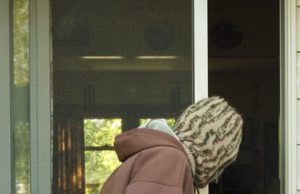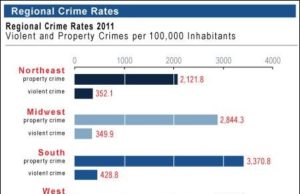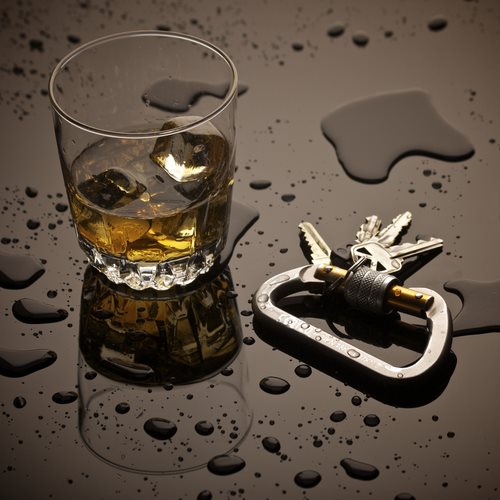
Crime scene pictures are photographic representations of a crime scene that are used by investigators to reconstruct the scene, identify potential suspects and clues, and develop a narrative of what transpired. Pictures taken at a crime scene can also be used as evidence in court to support a criminal case.
In this article, we will discuss everything you need to know about crime scene pictures, including their importance, types, and best practices for taking them.
Importance of Crime Scene Pictures
The importance of crime scene pictures cannot be overstated. In a criminal investigation, photographs serve as an objective record of the scene before it is altered or tampered with. The images provide detailed information that is not always noticed at the time of the investigation.
Crime scene pictures serve as a powerful tool for identifying potential suspects and relevant pieces of evidence. Every crime scene picture should be accurate, unaltered, and clearly labeled to ensure its admissibility as evidence in court.
Types of Crime Scene Pictures
The crime scene pictures can be categorized into the following types:
Overview Images: These images give an overview of the whole crime scene. They are wide-angle shots taken from various perspectives to provide a better understanding of the scene’s layout. This type of image helps investigators identify how different pieces of evidence might be related.
Close up Images: Close up images capture minute details of a crime scene. Every piece of evidence found in the crime scene should be photographed, including specific injuries, weapons, or any other object related to the scene.
Mid-range Images: Mid-range images provide a more focused view of specific areas of the crime scene. These photos are used to capture the details that are difficult to observe from overview images.
Best Practices for Taking Crime Scene Pictures
When taking crime scene pictures, there are several best practices that investigators should follow to ensure that the images are accurate and useful as evidence in court.
First, investigators should take all photos on a tripod to ensure they are stable and in focus. They should also use the appropriate lens and lighting to accurately capture the details of the scene.
Second, investigators should ensure that every picture is labeled accurately and in detail. This includes noting the location, date, and time of the photo, as well as the camera settings.
Third, investigators should take multiple photos of each piece of evidence from different angles and distances. This will ensure that all relevant information is captured, and nothing is overlooked.
Conclusion
In conclusion, crime scene pictures play a vital role in criminal investigations. They help investigators understand the scene’s layout, identify potential suspects and relevant pieces of evidence, and develop a narrative of what happened. Every picture taken at a crime scene should be high-quality, accurately labeled, and informative. Implementing best practices for taking photos will ensure that the pictures can be relied on in court as evidence to support a criminal case.
What is a Crime Scene?
A crime scene, in the most general sense, is the location wherein evidence of an altercation or crime may be observed and collected. It is the tangible location where some form of illegal action took place. At this location, a team of law enforcement agents and forensic scientists can observe the evidence to formulate a list of suspects and to elucidate on the details of the illegal action.
Law enforcement agents and forensic specialists will follow a strict protocol to ensure that the evidence is not interfered with or compromised. When gathered, the evidence of a crime scene is transferred to a laboratory for further examination.
There are classifications (primary, secondary and tertiary) of crime scenes. For example, a law enforcement agency may use a warrant to inspect an individual’s home. The residence may not be the location of the underlying wrongdoing; however, crucial evidence may be found at the residence.
Another example of the different classifications of crime scenes can be observed in the case of a kidnapping. An offender may kidnap at individual at one location (the primary crime scene), then transport the victim (the vehicle used for transportation is the secondary crime scene), commit another crime (such as rape or murder) at a different location, then dispose of the body at a fourth crime scene.
Crime Scene Pictures
In addition to the gathering of evidence, law enforcement will photograph a crime scene. These crime scene pictures are a critical piece of the investigatory process. Crime scene pictures, once taken, are brought back to the police headquarters or laboratory to examine. The expanse of evidence and particular details may be identifiable when studying crime scene pictures.
Crime scene pictures may range with regard to not only the depictions portrayed at the scene, but also with regard to the nature of the crime itself. As a result of this variance, observing crime scene pictures may provide law enforcement agents with evidence that will elucidate the causation of the incident. That being said, crime scene pictures are objectively important because they enable the officers to recount the crime. Crime scene pictures expose details, both subtle and obvious, in regards to the underlying incident.
Forensic Photography
Forensic photography, also known as crime scene photography, is the field aligned with crime scene pictures. Forensic photography is the art of producing an accurate reproduction of a crime scene. The pictures taken at the scene are distributed to the court system and law enforcement agencies to continue the investigation.
A crime scene picture, which is the result of forensic photography, is a crucial process involved in the collecting of evidence. Crime scene pictures can include photos of victims, the scene itself, or an accident that occurred. Pictures of car accidents, for example can reveal broken machinery or specific damages, which in turn, can lead to an evaluation of the car’s speed or the driving habits of the individual.
The production of crime scene pictures involves choosing correct lighting, an accurate angling of the lens and a collection of different viewpoints. Crime scene pictures involve an exhaustive process and attention to detail because the scene must be replicated in an accurate and thorough manner.

